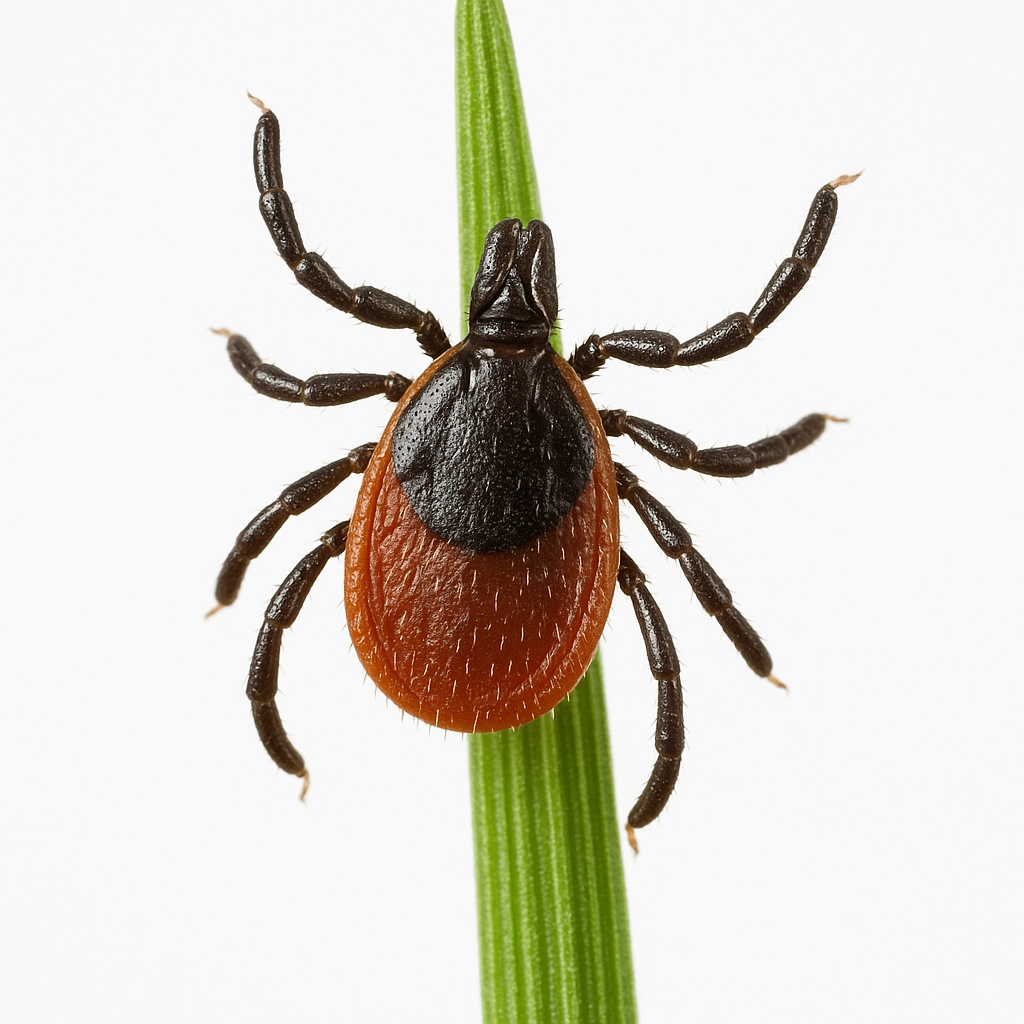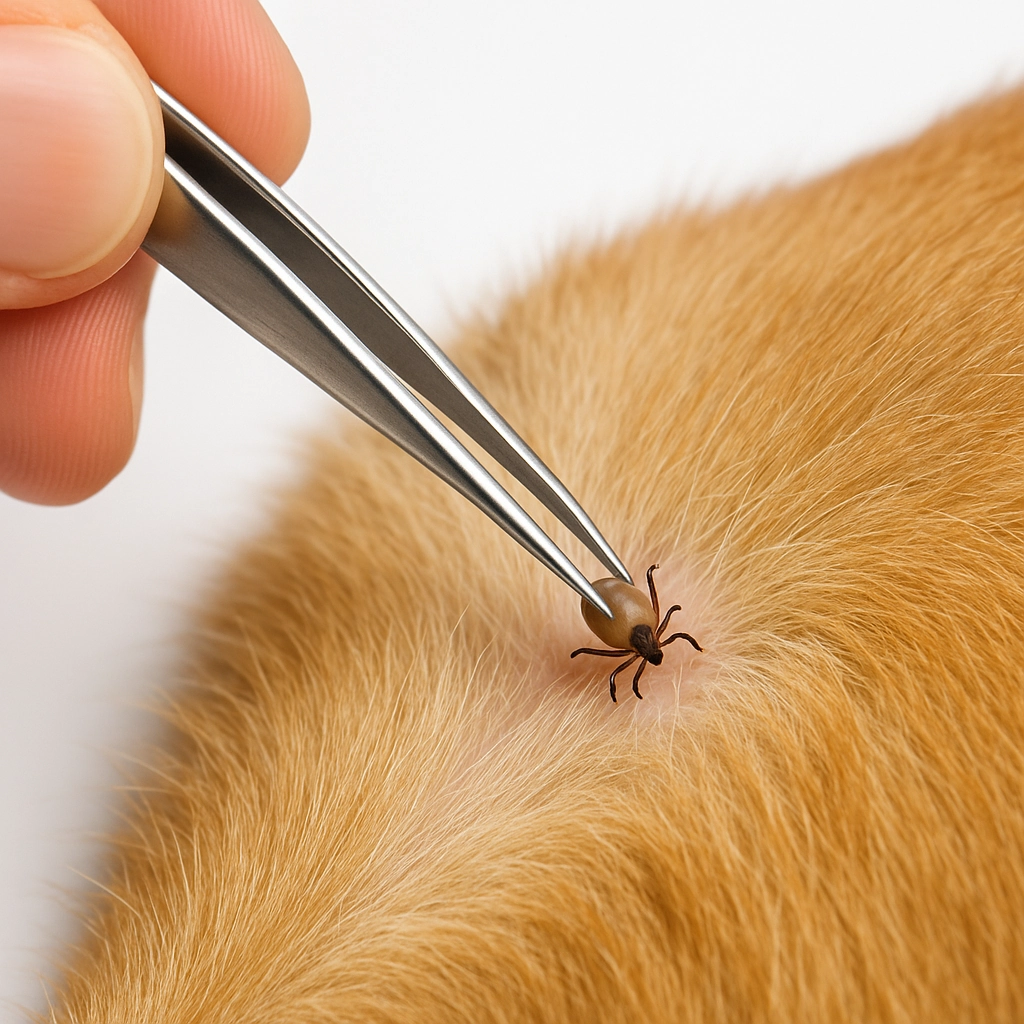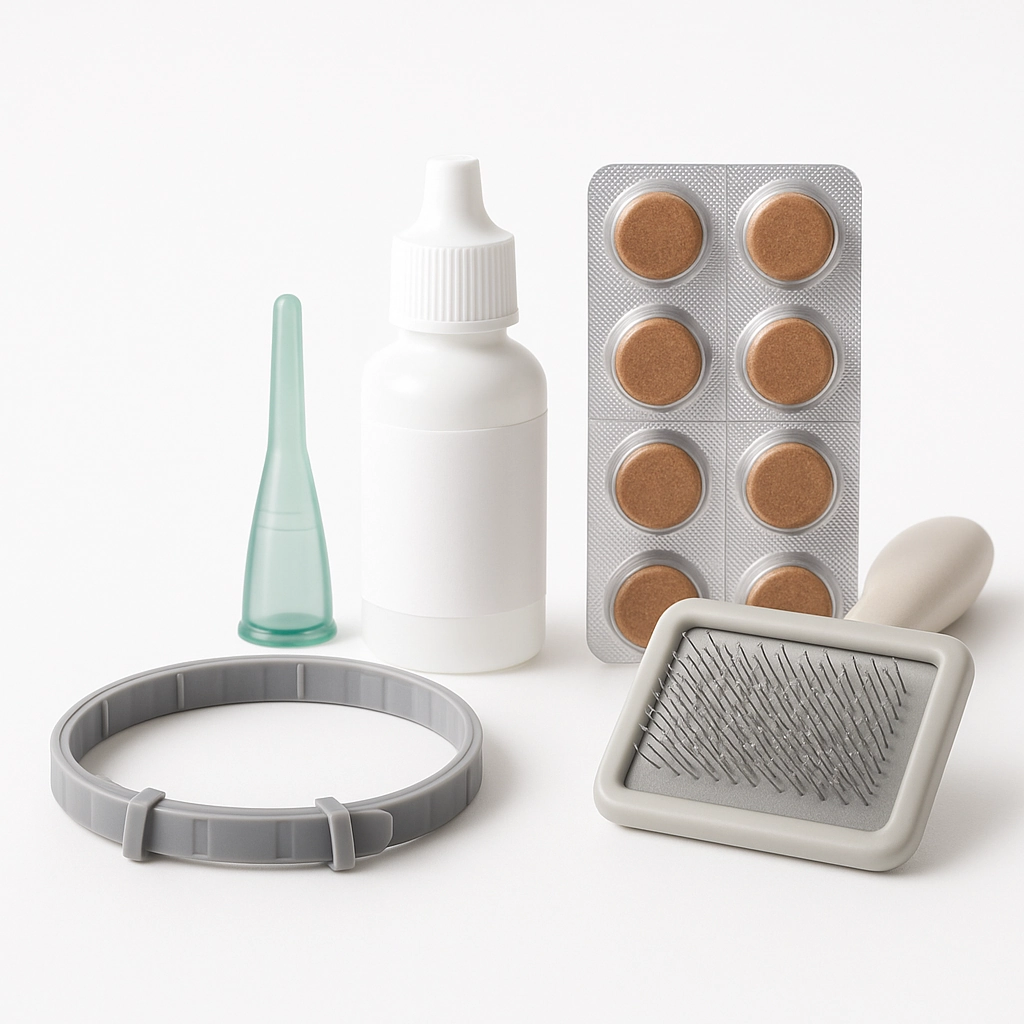What Is Lyme Disease and Why Should Pet Parents Be Concerned?
As pet parents, we want to protect our furry family members from anything that might harm them. Lyme disease—a bacterial infection transmitted by ticks—is one of those threats that deserves our attention, especially as outdoor activities increase. At LumaKa Pets, we believe informed pet parents make the best advocates for their animals' health, which is why we've put together this comprehensive guide to Lyme disease prevention.
Lyme disease is caused by the bacteria Borrelia burgdorferi, which is transmitted through the bite of infected black-legged ticks (also known as deer ticks). These tiny parasites are most active during spring and summer, though they can pose a risk year-round in many regions. The disease can affect both dogs and, less commonly, cats, with potentially serious consequences if left untreated.
Understanding the Risk: Signs and Symptoms
Before diving into prevention, it's important to recognize the signs of Lyme disease in pets. Dogs are particularly susceptible, while cats rarely show clinical symptoms even when infected.
Common symptoms in dogs include:
- Fever
- Lethargy and decreased energy
- Loss of appetite
- Lameness that may shift from leg to leg
- Swollen joints
- Enlarged lymph nodes
In severe cases, Lyme disease can lead to kidney failure, heart problems, and neurological issues. The challenge with Lyme disease is that symptoms can take months to appear after infection, making prevention all the more critical.

Essential Prevention Strategies
1. Veterinarian-Recommended Tick Preventatives
The first line of defense against Lyme disease is using effective tick preventatives. These products come in various forms, each with its own advantages:
Topical treatments: Applied directly to your pet's skin, usually between the shoulder blades, these treatments typically last 30 days and work by killing ticks when they come in contact with your pet's fur or skin.
Oral medications: These chewable tablets provide whole-body protection and are convenient for pets who don't tolerate topical applications well. Most oral preventatives are given monthly, though some newer options offer protection for up to 12 weeks.
Tick collars: Modern tick collars can provide protection for up to 8 months. They slowly release active ingredients that spread through your pet's skin oils.
Our tip: Never skip a dose of your chosen preventative. Set calendar reminders or schedule automatic shipments to ensure continuous protection. Always consult your veterinarian before starting any preventative regimen, as they can recommend the most appropriate option based on your pet's health status, age, and lifestyle.
2. Lyme Disease Vaccination
For dogs in high-risk areas, vaccination against Lyme disease might be recommended. The vaccine works by preventing the bacteria from being transmitted from the tick to your dog.
Who should consider vaccination?
- Dogs living in or frequently traveling to Lyme-endemic regions
- Dogs with outdoor lifestyles (hiking, hunting, camping companions)
- Dogs with previous tick exposure or living in households where Lyme disease has been detected
The typical vaccination protocol involves an initial dose followed by a booster 2-4 weeks later, then annual revaccination. However, the Lyme vaccine isn't recommended for every dog, so a conversation with your veterinarian is essential to determine if it's right for your pet.
3. Regular Tick Checks and Prompt Removal
Even with preventatives and possible vaccination, routine tick checks remain a crucial part of your prevention strategy. Make tick checks part of your daily routine, especially after outdoor activities.
How to perform a thorough tick check:
- Run your fingers through your pet's fur, applying enough pressure to feel any small bumps
- Pay special attention to areas where ticks often hide:
- Around the ears and inside ear flaps
- Eyelids and under the collar
- Between toes and paw pads
- Under the front legs and where legs meet the body
- Around the tail and genital area
- Along the back and belly
If you find an attached tick, remove it promptly using fine-tipped tweezers. Grasp the tick as close to your pet's skin as possible and pull upward with steady, even pressure. After removal, clean the bite area with antiseptic and wash your hands thoroughly.

4. Creating a Tick-Safe Environment
Your yard can be either a safe haven or a tick breeding ground. Taking steps to make your outdoor spaces less hospitable to ticks significantly reduces your pet's exposure risk.
Yard management strategies:
- Keep grass short: Mow your lawn regularly and keep grass short, as ticks thrive in tall vegetation.
- Create barriers: Establish a 3-foot wide barrier of wood chips or gravel between lawns and wooded areas to restrict tick migration.
- Remove leaf litter and brush: Clear away fallen leaves, brush piles, and other yard debris where ticks can hide.
- Discourage wildlife visitors: Deer, rodents, and other wildlife can bring ticks into your yard. Consider fencing or using deer-resistant plants to limit these visitors.
- Consider targeted treatments: There are environmentally friendly yard treatments that target ticks without harming beneficial insects. Consult with pest control professionals for options appropriate for homes with pets.
5. Smart Outdoor Activities
You don't need to avoid the great outdoors to protect your pet from ticks, but some strategic choices can minimize exposure:
- Stick to the center of trails when hiking and avoid letting your dog wander into tall grass or dense undergrowth
- Choose open, sunny parks over heavily wooded areas during peak tick season
- Schedule outdoor activities for midday when ticks are less active due to lower humidity
- Consider protective clothing for dogs who venture into high-risk areas (yes, dog clothes can serve a practical purpose!)
6. Year-Round Vigilance
While ticks are most active during warm weather, they can survive and remain active even in cold temperatures as long as it's above freezing. This means Lyme disease prevention shouldn't be seasonal—it should be a year-round commitment, especially in regions with mild winters.
Seasonal considerations:
- Spring/Summer: Peak tick season requires maximum vigilance
- Fall: Ticks remain active, especially in leaf litter
- Winter: Continue preventatives unless directed otherwise by your veterinarian, particularly during warm spells
What to Do If You Suspect Lyme Disease
Despite our best prevention efforts, infections can still occur. If you notice any symptoms that could indicate Lyme disease, contact your veterinarian immediately. Early detection and treatment significantly improve outcomes.
Diagnosis typically involves blood tests that detect antibodies to the Lyme bacteria. If positive, your vet will likely prescribe a course of antibiotics, usually doxycycline, for several weeks. Most pets respond well to treatment when the disease is caught early.

LumaKa Pets' Commitment to Pet Wellness
At LumaKa Pets, we believe prevention is the cornerstone of pet wellness. While we focus on providing high-quality pet supplies, we're equally committed to sharing information that helps you keep your furry family members healthy and happy.
For more information on pet health and wellness, check out our other articles like Pet Health Trends 2025: What Every Pet Owner Should Know and Keeping Your Pets Cool: Essential Tips for the Hot Summer Months.
The Bottom Line on Lyme Disease Prevention
Protecting your pets from Lyme disease is about creating layers of protection—no single method is 100% effective, but combining several approaches significantly reduces the risk. Here's your prevention checklist:
- Use veterinarian-recommended tick preventatives consistently
- Consider Lyme vaccination if appropriate for your dog
- Perform regular tick checks and remove ticks promptly
- Maintain your yard to reduce tick habitats
- Be strategic about outdoor activities
- Practice year-round vigilance
- Know the signs of Lyme disease and seek veterinary care if you suspect infection
By taking these proactive steps, you're not just preventing Lyme disease—you're contributing to your pet's overall wellbeing and potentially adding years of happy, healthy life to your time together. After all, our pets give us their whole hearts; they deserve our best protection in return.
Have questions about Lyme disease prevention or want to share your experiences? Visit our Contact Us page—we'd love to hear from you!


































































